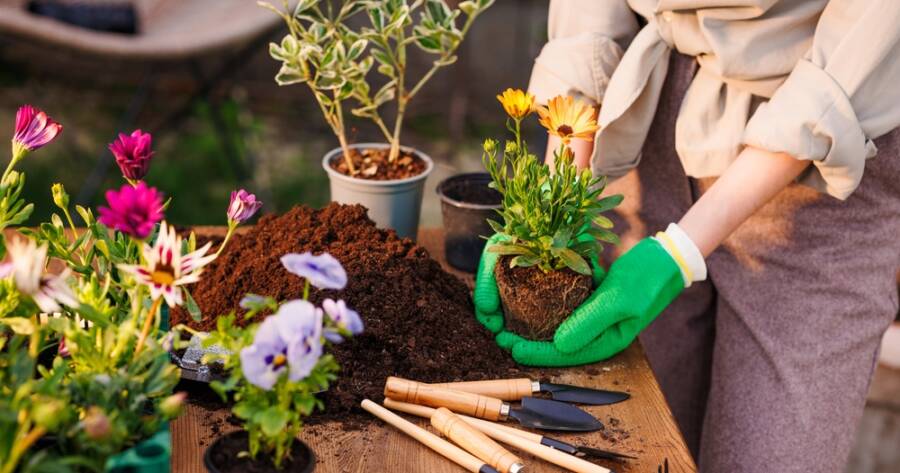Urban living often limits garden space, but creativity and smart choices can transform even the smallest areas into thriving green sanctuaries. Maximizing small spaces for gardening can be both rewarding and impactful, as it promotes well-being and sustainability. While not everyone may achieve a sprawling botanical oasis, strategic planning and innovative solutions may help maximize plant potential and inspire city dwellers to cultivate their own urban gardens.
Understanding Your Space
Before embarking on your gardening journey, understanding your space is crucial. Analyzing factors such as sunlight, humidity, and available space may inform the best plant choices and design techniques.
Many urban gardens benefit from the use of vertical space, like walls or fences, to amplify their greenery. Additionally, assessing wind conditions and climate can influence how to best protect plants and ensure their survival amidst the urban elements.
Choosing the Right Plants
Selecting plants well-suited to your environment can make a significant difference in a small urban garden. Drought-resistant plants or those requiring less maintenance could prove beneficial for those with less time or resources to dedicate to daily gardening tasks.
Herbs, succulents, and small vegetables might thrive in limited spaces and enrich the garden both aesthetically and functionally. Opting for native species might also increase the likelihood of success, as these plants are already acclimated to local conditions.
Vertical Gardening Techniques
Maximizing vertical space can turn small gardens into lush towers of greenery. Techniques such as using trellises, hanging pots, or vertical planters could provide innovative solutions for urban gardeners facing space constraints.
There’s often an aesthetic appeal to vertical gardens, which may help in beautifying small spaces while maximizing functionality. Vertical gardening can transform a drab wall or balcony into a dynamic, living art piece that might demand less ground space.
Utilizing Containers and Raised Beds
Containers and raised beds might allow for versatility and control in an urban garden. Raised beds can improve soil conditions and drainage, while containers allow gardeners to move plants in response to changing weather or light conditions.
This flexibility might lead to better plant health and productivity. Choosing lightweight, durable containers could make small gardens adaptable and resilient, potentially enhancing the gardening process.
Clever Use of Decorative Elements
Integrating decorative elements such as mirrors or reflective surfaces in your garden design might create an illusion of more space. Thoughtful decoration, like colorful pots or artistic installations, can add personality and charm without overwhelming the garden.
These elements could contribute to a peaceful and inviting atmosphere that is both functional and aesthetically pleasing. They might also encourage creativity and personal expression within the garden space.
Balancing Utility and Beauty
Successfully combining utility and beauty in an urban garden may enhance its overall impact. Incorporating multi-functional plants that offer both aesthetic appeal and utility, like edible flowers or fragrant herbs, could provide beneficial versatility.
Creating a harmonious blend of colors, textures, and heights in plant selection might also improve the garden’s visual interest and functionality. This balance might transform a modest space into an enriching haven of natural beauty and practicality.
Sustainable Practices
Incorporating sustainable practices into your urban garden can help nurture the environment while maximizing plant health. Techniques like composting, using organic fertilizers, or collecting rainwater might support a healthier ecosystem and reduce waste.
Encouraging biodiversity by planting a variety of species can potentially attract beneficial insects and improve plant resilience. Embracing sustainability could potentially lead to a more rewarding gardening experience while promoting ecological balance.
Learn More Today!
Designing a thriving garden in an urban environment with limited space is indeed a creative endeavor, rich with possibilities. While challenges may arise, innovative techniques and thoughtful planning can help small spaces make a sizable impact.
These gardens have the potential to become serene retreats that offer personal satisfaction and contribute positively to the urban landscape. By considering factors like space utilization, plant selection, and sustainable practices, gardeners can cultivate spaces that are as beneficial as they are beautiful.

